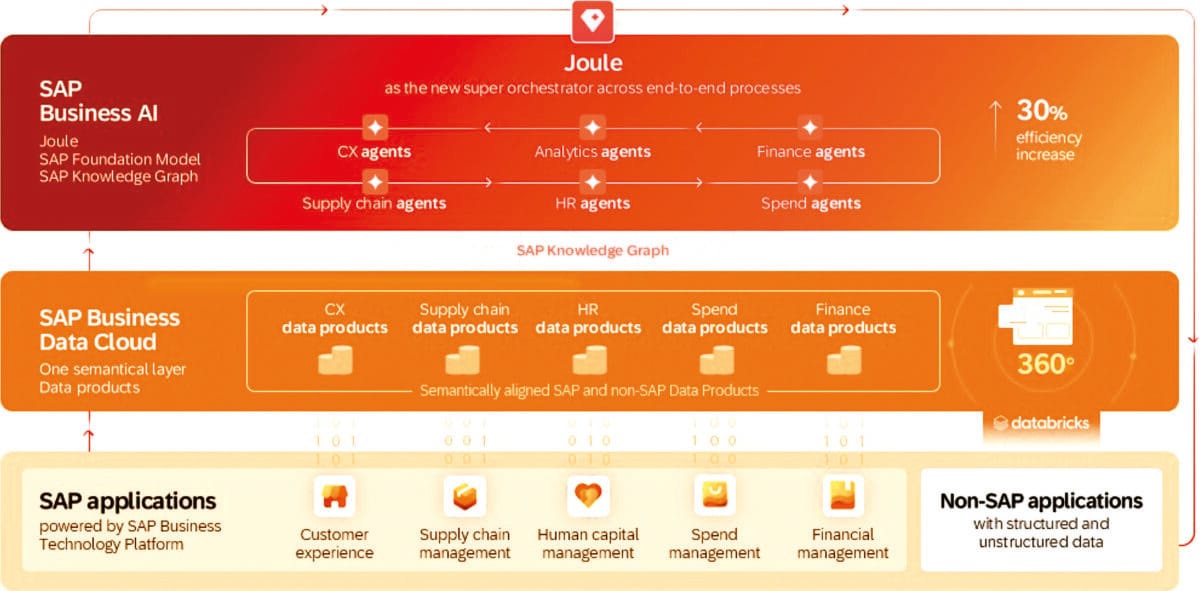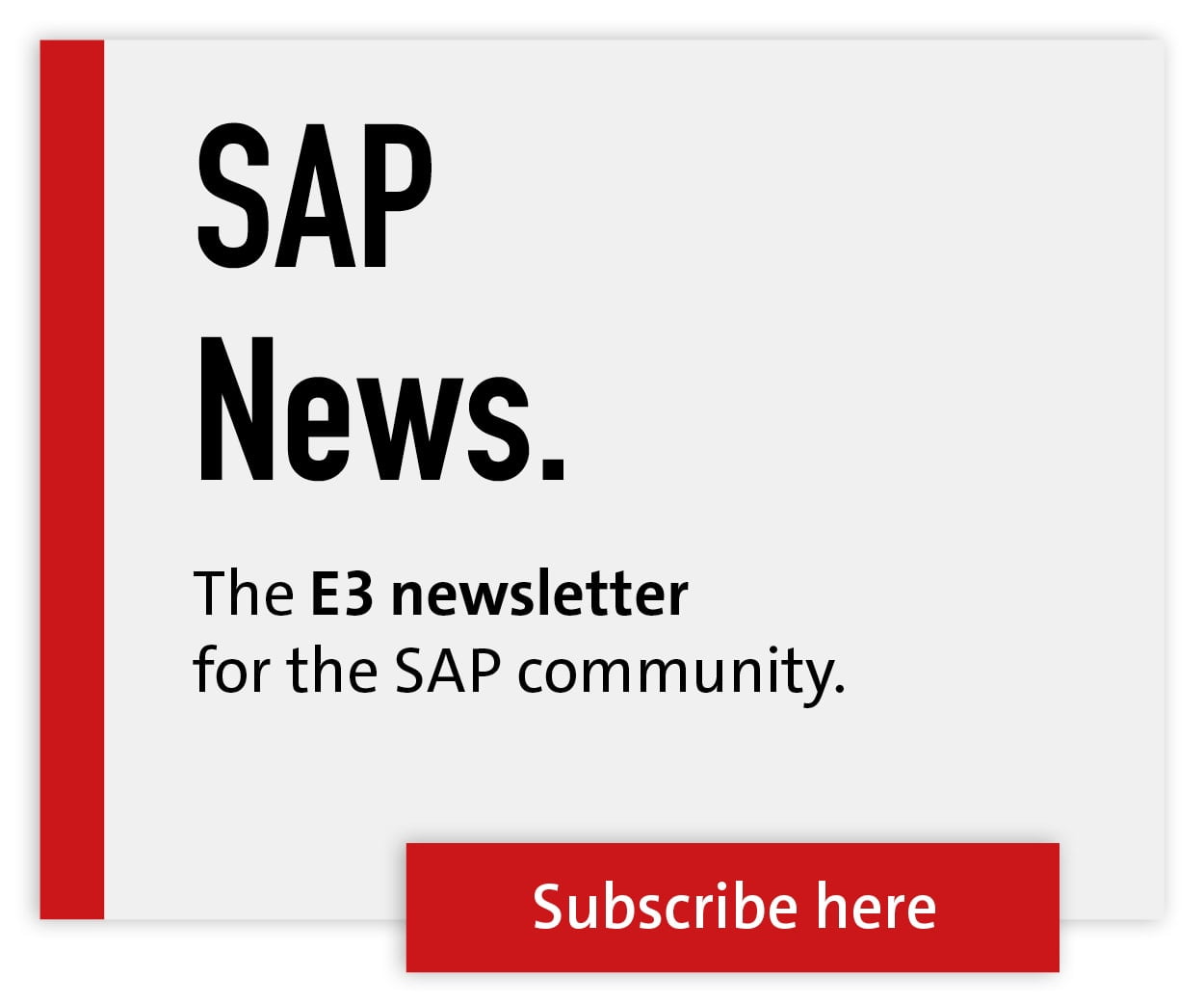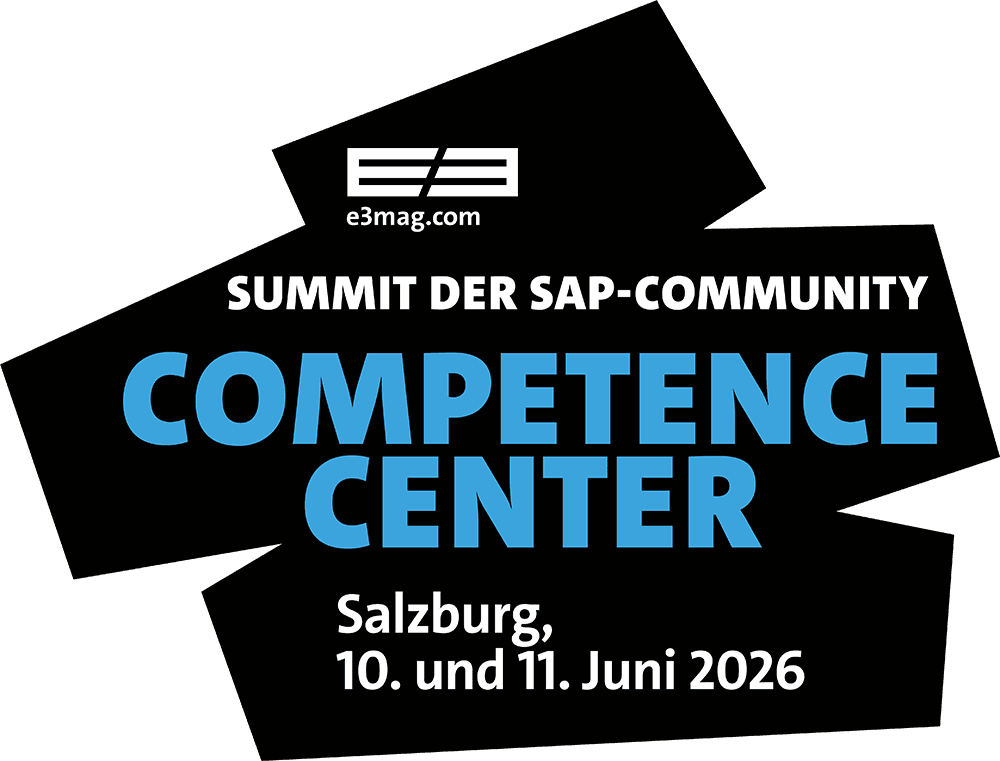Clean Core and BTP in Day-to-Day Business


Companies, particularly in the energy and process industries, are operating in an environment of growing complexity. Expectations of technological innovation are rising, while regulatory requirements are increasingly affecting the IT infrastructure. At the same time, customers and partners are demanding end-to-end, digital processes with high transparency and speed. However, many companies face the challenge that their ERP systems have been customized over the years and now represent a significant barrier to change. Such systems are often difficult to update, difficult to expand, and cause high operating and maintenance costs. The introduction of new functions or technologies is often only possible with considerable personnel and financial expenditure. Against this background, the question arises as to how companies can meet these challenges without having to fundamentally replace their entire system landscape.
Strategic response: Clean Core
The clean core strategy offers a clearly structured solution. It pursues the goal of leaving the SAP core—i.e. the central ERP functionality—as unchanged as possible. Instead of individual modifications to the SAP standard, enhancements are to be implemented via defined, upgrade-proof interfaces. In this way, systems remain maintainable, upgrade-proof, and cost-efficient in the long term. The technological basis is formed by standardized enhancement points such as Business Add-Ins (BADIs), Core Data Services (CDS), ODATA interfaces, and modern UI technologies such as SAP Fiori. Functionalities that were previously deeply integrated into the system core are now implemented as side-by-side extensions on external platforms—primarily on the SAP Business Technology Platform. This architecture makes it possible to map individual requirements without jeopardizing the integrity of the core system.
BTP as an expansion platform
SAP BTP is a central component of the clean core strategy. It offers a standardized environment for development, integration, data management, analytics, and artificial intelligence. Applications, data and processes can be set up and managed flexibly and scalably here. The platform supports both SAP and non-SAP systems and can be operated in the SAP Cloud or on hyperscaler infrastructures such as Amazon Web Services, Microsoft Azure or Google Cloud Platform.
The BTP creates the technical basis for developing extensions outside of the core ERP and ensuring deep integration at the same time. Processes can be seamlessly orchestrated and data semantically linked via central services such as the SAP Integration Suite, the SAP Event Mesh, or the SAP Extension Suite. The resulting database—the so-called Business Data Fabric—is not only consistent, but also AI-capable. This means that data is not only stored, but can also be actively used—for example for pattern recognition, process automation, or decision support.
The image of a modular building block system is often used to illustrate this. The basic idea is clear: if an individual building block is changed, this can lead to incompatibilities with future system updates. If a building block is changed, this can lead to subsequent updates no longer fitting, just like a customized Lego brick no longer fits into the system. Clean Core ensures that all components of the ERP system remain standardized and compatible. This means that new modules—such as extensions to the BTP—can be easily added or updated without jeopardizing the stability of the overall system.
Practical experience
Implico, an SAP Solex partner specializing in business-critical software solutions for the energy and process industry, consistently implements the clean-core principle. Existing applications such as Secondary Distribution Management (SDM) and Retail Fuel Network Operations (RFNO) have been further developed in line with SAP and are now based on standardized integration points. The Dispatch Management Engine, a central control element, has been opened up via modern APIs. External tools—for route planning or dispatching, for example—can access it directly without having to change the SAP core.
A current example is the development of AddTCO, a BTP-based extension that uses machine learning to optimize supply chains. The solution analyses historical route data and suggests optimized routes based on current conditions such as traffic volume or weather. This reduces transportation costs and the carbon footprint. The solution is designed so that it can be easily integrated into existing system landscapes—a decisive advantage for customers with existing SDM installations.

SAP Business AI Portfolio.
Economic benefits
The introduction of Clean Core is not just a technical measure, but also an economic enabler. Companies benefit from greater speed when introducing new functions, as technical legacy issues no longer need to be taken into account. At the same time, data quality, and availability are improved as all applications access a consolidated database. The SAP Business Data Cloud makes it possible to link data semantically so that the AI solution SAP Joule, for example, can access it. This makes analyses, predictions and process automation much more efficient. Clean Core also brings benefits in terms of total cost of ownership (TCO): new applications can be rolled out more quickly, enhancements are easier to maintain and system upgrades cause fewer conflicts.
Security is also improved. Each enhancement is documented in a structured manner and meets the requirements for secure software development. As no far-reaching changes are made to the SAP standard, system integrity is maintained. For companies with sensitive processes—such as those in the energy sector—this is a key argument.
The introduction of Clean Core does not necessarily mean a complete migration to the cloud. Rather, the approach enables hybrid scenarios. For example, on-premises systems such as SAP ECC or S/4 Hana can be combined with cloud-based extensions. This flexibility allows companies to shape the transformation gradually and in line with their needs. A hybrid approach is often the more pragmatic solution, especially in an industrial environment where stable processes and long-term investment cycles dominate. SAP BTP supports these scenarios by being able to interact seamlessly with both older SAP systems and modern cloud solutions.
Strategic orientation
Implico plans to extend the clean-core approach to adjacent industries with similar requirements. New solutions will also be based on side-by-side architectures, integrate AI elements and be provided via standardized interfaces. The focus here is not only on technical feasibility, but also on operational benefits. The aim is to create solutions that are easy to integrate, scalable and maintainable—regardless of the individual maturity level of the customer's IT.
Conclusion:
Clean Core represents a paradigm shift in the SAP world. It is not just about technical consolidation, but about a strategic reorientation towards efficiency, scalability, and innovation. For companies, this means getting rid of legacy systems that have grown over time and moving towards a modern, cloud-capable system landscape. The approach makes it possible to react more quickly to market changes, integrate new technologies efficiently, and reduce operating costs at the same time. Clean Core is therefore not just an architectural decision—it is a future-oriented model for the digital transformation of corporate IT.






2 comments
Klaus Wunsch
Moin Herr Knell,
auch onstack code kann clean core sein!
Bitte sehen Sie hier die aktualisierten SAP-Guidelines für ABAP extensibility:
https://www.sap.com/documents/2022/10/52e0cd9b-497e-0010-bca6-c68f7e60039b.html
Das Clean Core Whitepaper wurde mittlerweile auch aktualisiert:
https://www.sap.com/documents/2024/09/20aece06-d87e-0010-bca6-c68f7e60039b.html
Viele Grüße und viel Spaß beim sicheren Erweitern,
Klaus Wunsch
Christian knell
Danke für diese Einführung zu clean Core ! Ist der Onstack Ansatz in Cloud ERP / Cloud ERP auch ein Ansatz ( oder nur side-by-side) ?